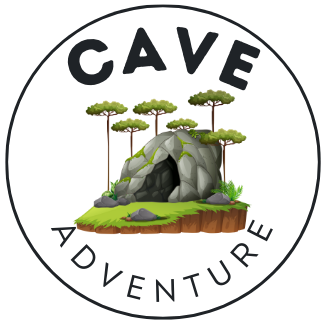Mammoth Cave and Ruby Falls are two of the most popular cavern destinations in the United States, each offering a unique and captivating underground experience. As a cavern touring enthusiast, it’s essential to understand the key differences between these two remarkable natural wonders to make an informed decision on which one to visit.
Size and Complexity

Mammoth Cave National Park, Kentucky: Boasting the title of the world’s longest known cave system, Mammoth Cave spans over 400 miles of underground passages, making it a true marvel of nature. This vast and intricate network of caverns, tunnels, and chambers offers visitors a glimpse into a truly awe-inspiring subterranean world.
Ruby Falls, Tennessee: In contrast, Ruby Falls is a smaller cave system, with the main attraction being a 145-foot underground waterfall. While it may not match the sheer scale of Mammoth Cave, Ruby Falls still presents a captivating and visually stunning experience for visitors.
Tours and Experiences

Mammoth Cave National Park, Kentucky: Mammoth Cave National Park offers a diverse range of guided tours, catering to visitors with varying interests and fitness levels. From the “Wild Cave Tour” for adventure seekers to more relaxed tours suitable for families, there’s something for everyone. Visitors can also explore the above-ground areas of the park, adding to the overall experience.
Ruby Falls, Tennessee: At Ruby Falls, the tour experience is more focused and structured, with a single guided tour that highlights the impressive waterfall and the surrounding cave formations. While less physically demanding than some of the Mammoth Cave tours, the Ruby Falls tour still provides a memorable and visually stunning underground adventure.
Atmosphere and Ambiance
Mammoth Cave National Park, Kentucky: Mammoth Cave is known for its natural, unlit caverns, which create a more rugged and adventurous atmosphere. Visitors can immerse themselves in the raw, untamed beauty of the underground landscape, adding to the sense of exploration and discovery.
Ruby Falls, Tennessee: In contrast, Ruby Falls features a more polished and tourist-oriented atmosphere, with dramatic lighting and a more controlled environment. This approach creates a visually stunning and captivating experience, but may appeal more to those seeking a more curated and less physically demanding cavern tour.
Cost and Timings
Mammoth Cave National Park, Kentucky:
– Cost: Varies by tour, ranging from $5 to $60 per person.
– Timings: Tours available daily, with varying schedules depending on the tour type.
Ruby Falls, Tennessee:
– Cost: Approximately $20 per person for the standard tour.
– Timings: Tours available daily, with frequent departures throughout the day.
Which One is More Worth Visiting?
The decision of which cavern to visit ultimately depends on your personal preferences and the type of experience you’re seeking. If you’re looking for a more extensive and adventurous cave exploration, Mammoth Cave National Park is the ideal choice, with its vast network of underground passages and diverse tour options. However, if you’re primarily interested in a visually stunning waterfall attraction and a more structured, tourist-oriented experience, Ruby Falls may be the better fit.
Regardless of your choice, both Mammoth Cave and Ruby Falls offer unique and captivating underground experiences that are sure to leave a lasting impression on any cavern touring enthusiast.
Reference:
– Mammoth Cave National Park
– Ruby Falls
